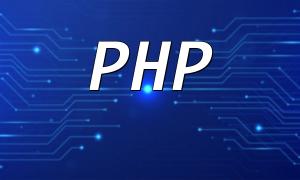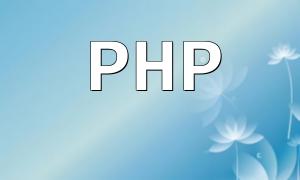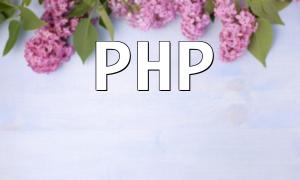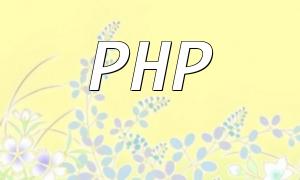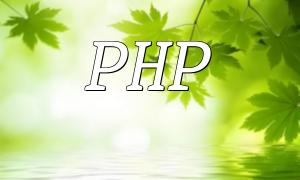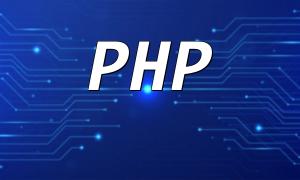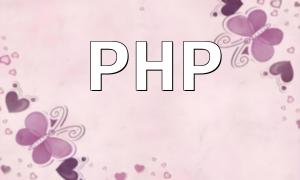Introduction
With the rapid growth of the internet, PHP has become a crucial language for web application development, widely used across various projects. A competent PHP developer must not only master PHP syntax but also strictly follow coding standards to ensure code readability, maintainability, and stability. This article systematically introduces PHP coding standards and uses examples to help readers understand and apply them effectively.
1. Naming Conventions
Good naming conventions are essential for code clarity in PHP development. Common naming rules include:
- Variables and functions use camelCase, such as $myVariable and getUserName().
- Classes and interfaces use PascalCase, such as ClassName and MyInterface.
- Constants use uppercase letters with underscores, such as MAX_LENGTH and DB_HOST.
2. Indentation and Line Breaks
Proper indentation and line breaks significantly improve code readability. Logical blocks are enclosed with braces, with the opening brace on a new line and the closing brace followed by a line break, for example:
if ($condition) {
// Execute operation
$variable = 1;
} else {
// Execute alternative operation
$variable = 2;
}
3. Commenting Standards
Comments are vital for code understanding. Standard commenting practices include:
- Single-line comments using //, e.g., // This is a single-line comment
- Multi-line comments using /* ... */, e.g.,
/*
This is a
multi-line comment
*/
- Function comments placed before function definitions explaining usage and parameters, for example:
/**
* This is a function
* @param string $name The person's name
* @return string The greeting message
*/
function sayHello($name) {
return "Hello, " . $name;
}
4. Error Handling and Exceptions
Good error handling enhances code robustness. Common methods include:
- Setting error reporting levels and catching exceptions:
error_reporting(E_ALL);
<p>try {<br>
// Code logic<br>
} catch (Exception $e) {<br>
// Handle exception<br>
echo "An error occurred: " . $e->getMessage();<br>
}<br>
- Defining custom exception classes and throwing exceptions:
class CustomException extends Exception {
// Custom exception code
}
<p>try {<br>
if ($condition) {<br>
throw new CustomException('An error occurred.');<br>
}<br>
} catch (CustomException $e) {<br>
echo "Exception caught: " . $e->getMessage();<br>
}<br>
5. Security Standards
Ensuring code security is crucial during development. Common standards include:
- Preventing SQL injection using prepared statements and parameter binding, e.g.:
$stmt = $pdo->prepare("SELECT * FROM users WHERE username = ?");
$stmt->execute([$username]);
$results = $stmt->fetchAll();
- Validating and sanitizing user input to prevent malicious attacks, e.g.:
$username = filter_input(INPUT_POST, 'username', FILTER_SANITIZE_STRING);
6. Other Conventions
Additionally, pay attention to:
- Code formatting: Use consistent indentation, spaces, and line breaks to enhance clarity.
- File naming: Use meaningful and standardized file names that comply with project guidelines.
- Code reuse: Avoid duplication by utilizing functions, classes, and interfaces effectively.
- File header comments: Include author, date, and file description at the top of each PHP file.
Conclusion
Through this article, readers can systematically grasp key PHP coding standards. Adhering to these standards not only improves code quality and maintenance efficiency but also lays a solid foundation for team collaboration. It is recommended to adapt standards flexibly according to specific project requirements and continuously optimize code structure. Hopefully, this guide will be helpful for your PHP learning and development journey.
